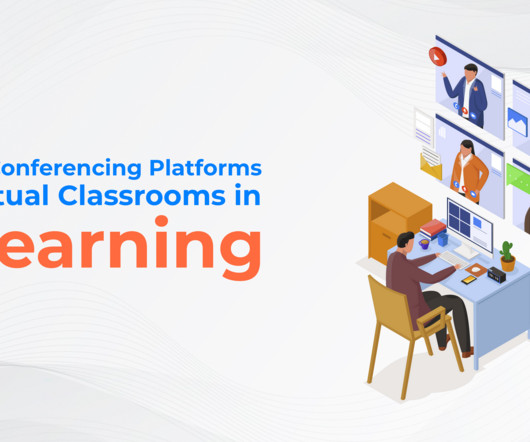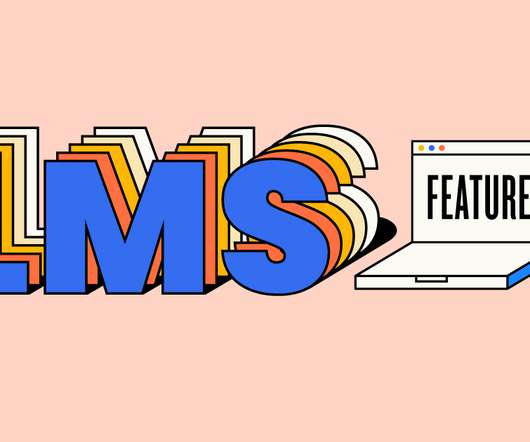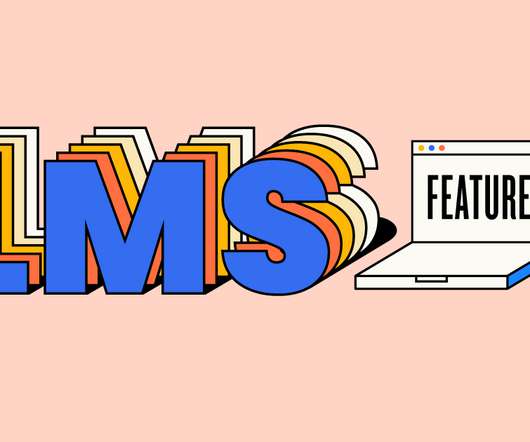TEACHING ONLINE: True eLearning Integration via Adobe Connect
The Logical Blog by IconLogic
FEBRUARY 26, 2018
Specifically, there's great value in integrating eLearning (asynchronous training) with live (synchronous) training by providing access to eLearning content from within the virtual training space. First, create the eLearning content in Adobe Captivate, and then publish as an SWF. and Adobe Captivate as your eLearning tool. .


























Let's personalize your content